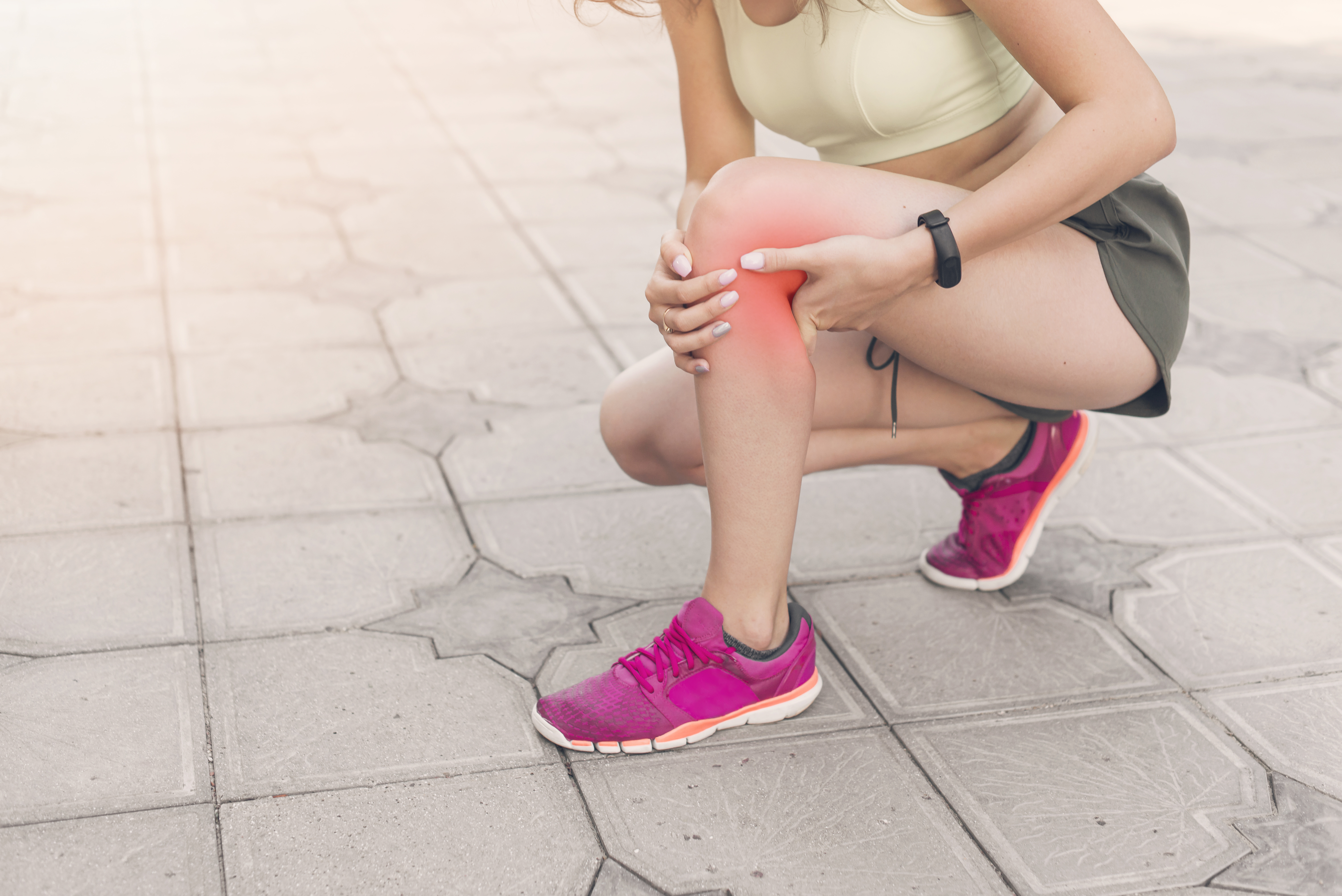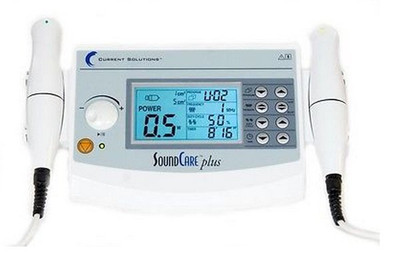 26th Sep 2018
26th Sep 2018
How to Effectively Treat Injuries and Conditions of the Lower Body
 Treating patients
with an injury to a lower extremity needs a blend of specific modalities and strength/stabilization
techniques or exercises that can look to address any pain or swelling while at
the same time restoring movement. From muscle tester tools to pain-relieving
modalities, physical therapy remains the best way for these patients to recover
faster with less chance of recurrence.
Treating patients
with an injury to a lower extremity needs a blend of specific modalities and strength/stabilization
techniques or exercises that can look to address any pain or swelling while at
the same time restoring movement. From muscle tester tools to pain-relieving
modalities, physical therapy remains the best way for these patients to recover
faster with less chance of recurrence.
Injuries and chronic conditions that effect the lower extremities can be difficult to treat. Understanding of larger, complex muscle groups is necessary in addition to problem solving to address the particular symptoms patients are experiencing with their particular complaint. We’ve discussed the treatment of conditions of the upper extremities before.
In this blog, we’ll focus on the lower extremities, the most common injuries or chronic conditions and the best possible physical therapy modalities to help reduce symptoms and restore function.
The Most Common Injuries and Conditions of the Lower Body
1.Low back pain
2.Sprains & Strains
3.Hip replacement
4.Achilles tendon tear or rupture
5.ITB band syndrome
Before choosing a treatment plan, it may be necessary to perform some strength testing using a manual muscle testing device in order to see the impact the injury or condition has on the effected area and functional movement. A manual muscle testing dynamometer is a great option for use when testing for strength.
While these conditions may affect different parts of the body, there are some common symptoms that patients may experience across these diverse issues.
Common Side Effects of Low Body Injuries
Some of the most typical symptoms associated with these problems include:
- Pain and tenderness
- Swelling and edema
- Limited range of motion
- Decreased mobility
- Reduced function in daily tasks
- Difficulty sleeping
- Loss of work
Luckily for patients who suffer from an injury or chronic condition that affects their lower extremity, there are many tools, modalities and techniques that can be used in physical therapy to help eradicate symptoms and restore function.
We’ll look at each condition and detail which modalities may be best to give patient’s improvement.
Low back pain
Low back pain is very typical yet can be debilitating. When in an acute episode of LBP, cold-compression therapy is a good choice. Cold compression wraps are ergonomically designed for specific parts of the body. The hip and back wrap is perfect for LBP patients offering both pain-relief and edema reduction.
Sprains & Strains
Sprains and strains most commonly occur in the ankle or knee. With an initial injury, R-I-C-E is the first recommended course of treatment to help decrease pain and reduce initial swelling. However, once that has been addressed, physical therapy may then have the focus shift towards increase strength of the muscles around the joint to help provide needed support. Working with Therabands offer practitioner’s a valuable way to include strength training exercise without any undue stress on their patient’s joints.
Hip replacement
For patients that need surgical intervention to deal with their hip pain, post-surgical physical therapy is beneficial for speeding up recovery and improving final outcomes. A warm water whirlpool is a non-invasive modality that is beneficial to use after surgery because it can reduce pain while also improving movement.
In addition to modalities to improve comfort and reduce edema, rehab will focus on restoring both strength and range of motion. An electronic muscle tester may be beneficial in establishing a baseline of strength post-surgery while tracking progress throughout.
Achilles tendon tear or rupture
An Achilles injury like a tear or rupture can be extremely painful and limit a patient’s ability to perform daily tasks like walking, bending, or exercising. A great tool to use for helping patients with an Achilles injury is ultrasound therapy. Ultrasound therapy devices that come with a smaller soundhead applicator (1cm or 5cm) is a great choice for reducing pain and facilitating tissue repair. What’s more, programming treatment to use 3 MHz is perfect for a superficial area like the achilles, because it doesn’t penetrate as deeply as 1 MHz.
ITB band syndrome
ITB band syndrome can be tricky to treat, because it involves connective tissue rather than muscles. However, it can be just as debilitating with both pain and limitations for ROM. Low-Level Laser Therapy (LLLT) is a great non-invasive option that can address both of these symptoms without possible side effects. Applicators can be chosen based on size to use the most appropriate for specific area. For example, a larger applicator may be more beneficial closer to the hip, whereas a smaller applicator can help treat the ITB band closer to the knee. Practitioners can also choose from continuous or pulsed modes depending on the comfort of the patient and their immediate needs.
Contact us today!
We can help your practice find the perfect modality or evaluation tool to help your practitioners treat injuries of the lower body. Contact us today and we’ll answer any questions you may have about the benefits of using each device! Call us today at 1-801-770-3328 for more information.





